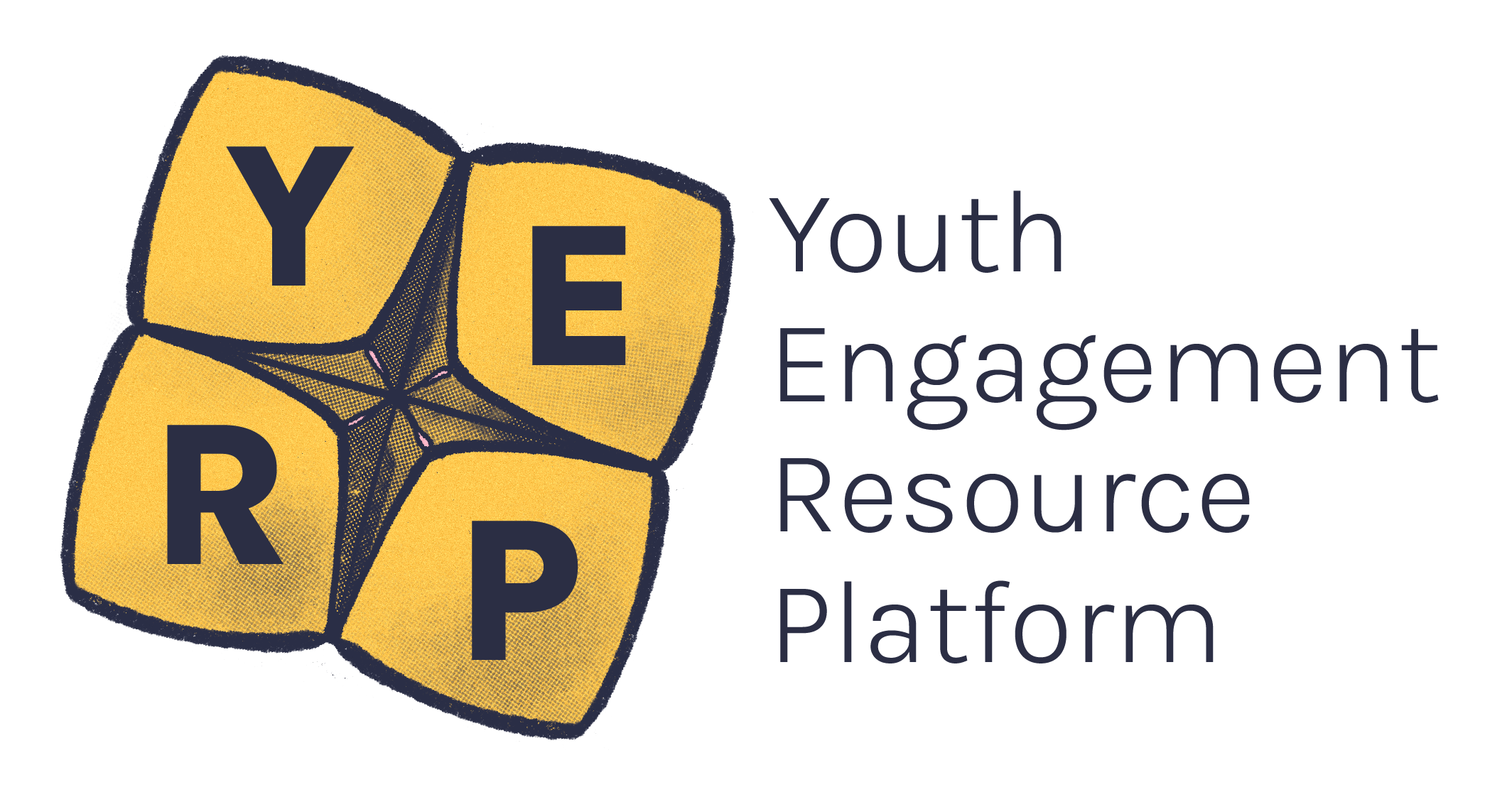As a historically underrepresented demographic in society, it is no surprise that disabled people are not often seen in literature.
I love a good romance book. Jane Austen is queen! Romance books are a pivotal part of understanding love, romance, relationships, and sexuality as a young person. However, not seeing yourself represented in them can be challenging.
And so, I went on an adventure to find accurate disability representation in romance books. Let me share the good and the bad.
The Good:
Get a Life, Chloe Brown by Talia Hibbert
Content warning: Psychological and emotional abuse, violence, mental health issues, and ableism. Please do not read this book if this might be triggering to you.
This book contains mature content.
This book gets 5 stars from me. The writing is beautiful, the story is engaging, and most importantly, the representation makes me feel seen. This When a book about a group of people is written by someone from that group. For example: a disabled author writing a book about a disabled character.#OwnVoices story features a black, chronically ill female main character, Chloe, starting a relationship. Her male love interest, Red, experiences mental health issues.
Disability cannot be ignored in relationships, and it can be challenging to maintain healthy relationship dynamics in some cases. However, Hibbert has captured the experience of living with disability genuinely and thoughtfully.
For example, there are moments when Chloe is:
- stressing over spoon management
- or creating her own business because finding accessible employment is nearly impossible
- or finding it hard to trust new people because her friends abandoned her when she acquired her chronic illness.
All showcase the candid emotional, social, and practical experiences of living with disability.
Hibbert has done a fantastic job at challenging stereotypes. I was pleasantly surprised that Hibbert explored and normalised men’s mental health and seeking help. Hibbert also touched on having a disability and being a person of colour. It was refreshingly non-sensationalistic.

Peta Lyre’s Rating Normal by Anna Whateley
Content warning: Mentions of domestic violence, poverty, ableism, sexual harassment/assault and mental health. Please do not read this book if this might be triggering to you.
This lovely #OwnVoices queer young adult romance made me feel warm and fuzzy. However, Whateley tackled some hard topics. This is a story about Peta’s journey of challenging her understanding of normality in the face of her gender and sexuality.
The frustrations of not being understood really came through in this first-person point of view story. Where the confusing and overstimulated world of Peta was so encompassing. Her journey in understanding herself, her Autism, ADHD and SPD (people can have more than one disability!) was really heartwarming. Her disabilities play into her desire to be loved, accepted and seen, particularly by her crush.
Oh the good old teenage years, a time of pimples, hormones, angst, and love. This is a sweet YA romance book with some extra turns, which just make it more realistic and relatable. I really enjoyed how the author depicted masking and the burnout associated.
The small microaggressions that are integrated into the story are so relatable! I gave some big head nods. This book also touches on how lived experiences of disabled people are undervalued and there is often an overemphasis on professional opinions, making understanding yourself and accepting yourself all the more messy and confusing.
This book is also set in Brisbane, Australia which gives an interesting Australian perspective.

Love in Touch by Lucy May Lennox
Content warning: Mentions of ableism. Please do not read this book if this might be triggering to you.
This book contains mature content.
Unlike the other two books, this book is not an #OwnVoices story. That’s okay because the strength of this book lies in how good allyship can look in romantic relationships. We should always encourage and promote the voices of disabled authors. However, it is also important for all authors to have diversity in the characters they create. This book is surprisingly self-aware. Lennox explores ableist saviour behaviours and how these look in education, employment and social life.
This book follows Kassie, a seeing and hearing ASL student and Jake, who is Deafblind, in their relationship. Lennox has done her research, and it shows. The disability representation is an all encompassing experience, rather than a cardboard cut out. Lennox even touches on ableism within certain disability communities, which is brave.
Lennox also explored:
- Interabled relationships and power dynamics
- Making space for new people in established support systems and
- The speed bumps in getting to know each other, particularly if you have high support needs.
The Bad:
In researching this piece, I read many romance books that claimed to have disability representation but were really just dumpster fires. Learn from their mistakes.
Here is what not to do:
- Fetishisation of people with disabilities.
- Having able bodied saviours, where an able bodied person comes in and fixes everything in the disabled person’s life.
- Inconsistent depictions of character’s disabilities.
- Inspiration porn. Click here to watch Stella Young's video about inspiration porn.
If you can, go read the good books listed above. The only way to let publishers and authors know that we want accurate representations of disability is to support the good ones.
About the author
Cindy (she/her) is a youth advocate and a university student. She is passionate about increasing mental health literacy, disability rights and diverse representation. She has also worked with various organisations in exploring spaces of intersectionality.






